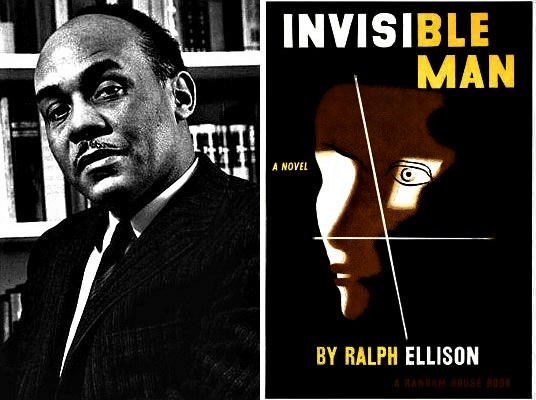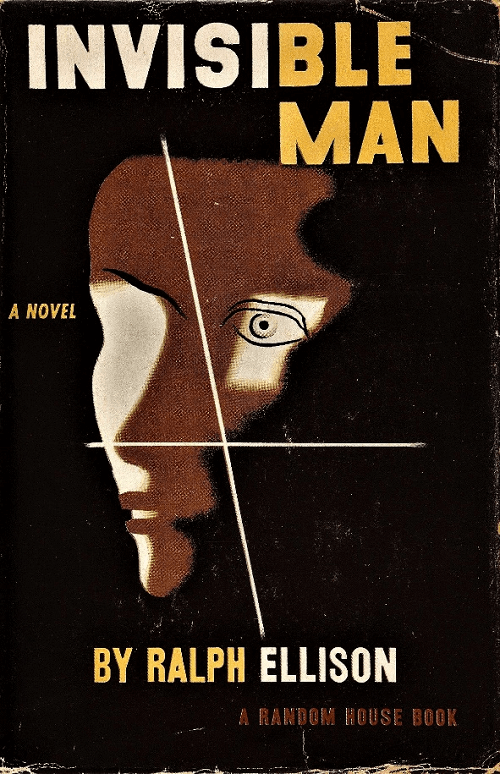The Invisible Man SummaryThe story is written by Ralph Ellison, the narrator of the story is a black man who moves to the United States. The movement is in the 20th century." He travels to New York City from the racial South, but his encounters there continue to upset him. He eventually hides in a hole in the ground, which he supplies and turns into his home. AuthorRalph Ellison was an American author, literary critic, and academic who lived from March 1, 1914, to April 16, 1994. His 1953 National Book Award-winning novel Invisible Man is his best-known work. In addition, he published Going to the Territory (1986) and Shadow and Act (1964), collections of political, social, and critical writings. In the words of The New York Times, he was "among the gods of America's literary Parnassus. "After being put together from the many notes he left behind when he passed away, Juneteenth, a posthumous novel, was released. 
SummaryThe story is about a young black man whose name is not given in the story. He is the main character of the story. He completed his grooming in the Jim Crow southern US region. He is determined to strive for professional achievement despite living in a divided society and being the target of racial prejudice and discrimination. He is asked to deliver the keynote address at a graduation celebration in his hometown that notable White males attend as a senior in high school. He then quickly finds that the event is an excuse to force young black men, and the idea is to entertain the White People by blindfolded boxing, followed by a mad dash for false money on an electrified carpet. He receives a briefcase with word that he has been accepted to a Black college after the evening. After many years the character angers the college president by taking an esteemed White founder to impoverished areas surrounding the college rather than presenting a more "sanitized" view of the area. He then gives punishment by sending him to New York. Upon arriving, the protagonist learns that the letters inform the White men that he has been ejected and that they are not to provide him with employment, leaving him stranded in the city without any funds. Now the character is desperate to earn money, so he works in a paint factory, where an explosion injures him. He receives treatment at the factory hospital and undergoes lobotomy-like surgery. After being discharged, he is informed that he will be "compensated" for his troubles. The main character accepts a position as an orator and community activist with the Brotherhood of Man. The protagonist finds the Brotherhood's seemingly rigid code of ethics appealing, and he initially likes his work while getting to know other activists in Harlem, where he is based. After a few months of growing disagreements and contention between the Brotherhood and the main character, He is temporarily exiled from Harlem. When he returns, he discovers that the Brotherhood has stopped helping the people it helped in Harlem, putting them in a dire situation with no resources. Because of the Brotherhood's actions and the unjust death of a fellow activist, he organizes a funeral that causes the Harlem neighborhoods to protest White authorities. 
The protagonist finds out that the Brotherhood intends to use him as a scapegoat for the unrest after being thrust into race riots that break out. After being continuously let down by the individuals and organizations he once held in high regard, he decides to define his sense of self rather than accept being defined for him. He plunges into a manhole during the disturbances and takes advantage of the opportunity to create a "disappearance." He lets spends this absents living a quiet life in Harlem. In Invisible Man, Ellison blends psychological and social themes to examine how racism affects his protagonist and his ability to overcome such challenges to forge his sense of self. The narrator addresses the reader because he believes they must think he is careless. Since someone would have to acknowledge him to have a responsibility, he acknowledges that he is, in fact, irresponsible. He claims that because the white guy rules that "dream world" in which he has been rendered invisible, he is not at fault for murdering the white man on the street. He pleads with the reader to "bear with him" as he explains how he arrived at this conclusion. ThemesThe theme of Invisible Man is race and how racial injustice thwarts personal achievement despite one's best efforts. The concept that the racial oppression of 20th-century America constrains the protagonist is supported by a plethora of incidents and overarching patterns. White narratives regarding other races, for instance, are seen to be effectively incorporated into popular culture: The main character once attends a showing of the "Cowboys and Indians" frontier film, which spreads several clich�s and falsehoods about the American West. Even while they are generally well-intentioned, White folks have preconceived notions about what Black people "should" be. Brotherhood member Emma's query, "Don't you think he should be a little blacker?", and a partygoer forces him to perform a song only because he is Black. Stereotypically, Black people were perceived as "natural" performers who were there to amuse White people rather than as individuals in and of themselves.
Next TopicThe Rover Summary
|
 For Videos Join Our Youtube Channel: Join Now
For Videos Join Our Youtube Channel: Join Now
Feedback
- Send your Feedback to [email protected]
Help Others, Please Share









